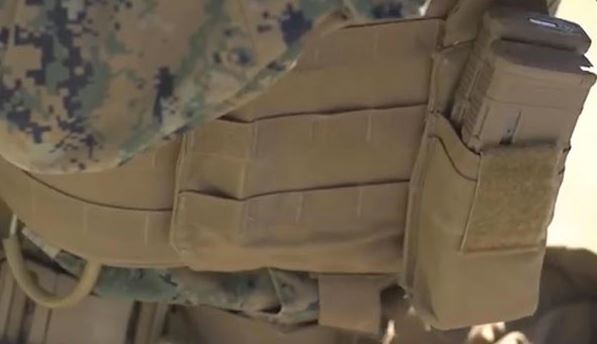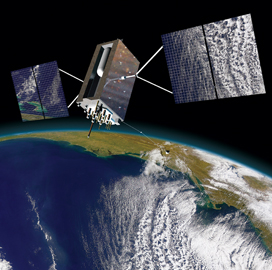
By Debbie Gregory.
October 31st is the deadline for gear makers who want to respond to the Marine Corps Systems Command’s Request for Information (RFI) for new reliable magazine pouches that will fit the Corps’ new PMAG polymer magazines.
The Marine Corps switched to Magpul’s signature polymer Gen M3 PMag in 2017, but Marines have complained the new magazines don’t fit properly in their issued magazine pouches.
To be considered reliable, a magazine needs to feed as flawlessly as possible under normal and adverse conditions; it must be easy to maintain and clean; and it must resist damage due to rough handling, impacts, and other hazards of extreme use.
The Systems Command is looking to identify supplier sources for magazine pouches that will fit Magpul PMAGs as well as standard aluminum magazines for the M4 carbines and M16 rifles.
The baseplates on PMAGs are slightly larger than standard-issue aluminum magazines, which makes them difficult to fit in the current double and triple-stack magazine pouches. The newer Gen M3 design helps to mitigate fit problems.
In 2017, all four U.S. military services, U.S. SOCOM, and the U.S. Coast Guard either fully adopted or accepted the PMAG as their primary magazine offering.
If the contract is awarded, the order will be for 60,000 units, with a possibility of up to the maximum quantity of 500,000 magazine pouches.
For designs to be considered, they should:
- Allow the magazines to be smoothly drawn from the pouch with one hand.
- Be compatible with the current Pouch Attachment Ladder System for attachment to current load bearing equipment.
- Provide a retention mechanism that allows for the magazine to be retained during normal combat operations.
- Be configurable to allow for a single Marine to carry a minimum of six magazines on their person.
- Be lighter than the current M4/M16 double/single rifle magazine pouch for a double magazine design (T= 0.27lbs) or lighter than half the weight of the current M4/M16 double/single rifle magazine pouch if a single magazine design (T=0.14lbs).











